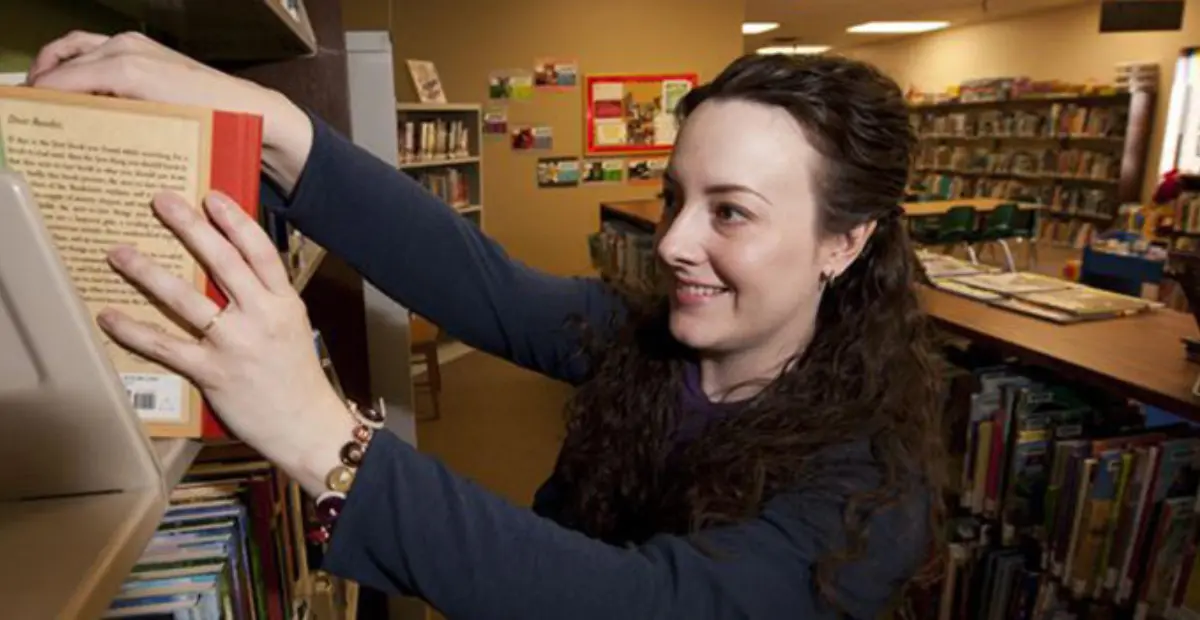It’s no secret teachers work hard during the school year, but they enjoy their time off as much as the students do.
However, even in their off time, teachers spend time getting ready for the next year, brushing up on new skills and techniques, and staying abreast of any changes made in national policy. Researchers are discovering another way for teachers to prepare for the next school year; read more children’s books.
A 2011 study authored by Burgess, Sargent, Smith, Hill, and Morrison, discovered that teachers that read children's books had a significant advantage. They engaged in industry-recognized best practices far more often than their peers. They have a better understanding of what is popular in children’s literature. This insight provides the ability to cater their lessons to address what students might be reading outside of the classroom.
Beyond the technical help educators can provide, their understanding of children’s literature allows them to pair the right student with the right book. That can be an important spark in getting a student to read for pleasure. We wrote recently about how giving the student a choice in what book to read is important for building new readers. Guiding them to the books they are likely to enjoy helps them find stories they may not have discovered on their own. Sharing the same information with their parents brings them into the process as well.
And the best reason of all? Some of the children’s literature out there is just amazing. Brain Pickings featured seven beautiful children’s books released in 2017 recently. They are not only visually stunning, the stories they tell rival any book for adults on the shelf. Many well-known authors of adult books have also written a book or two for younger readers. They bring the same attention to craft and detail to the work.
When teachers love to read, it shows, no matter the book’s target age group. This enthusiasm for reading can be infectious, and spreading that excitement is the best way to get a student to read. Giving a student a book about a subject they love is one thing; handing it to them with some hints about what lies within the story they are about to consume takes it to another level.
The late Maurice Sendak once said “I don't write for children. I write. And somebody says, that's for children.” There are beautiful stories for adults to discover in children’s books. When teachers begin to find those wondrous places, they can share them with their students. They can start their journey of finding more literature that they can share with the class. Showing their passion for reading to the classroom will help it spread like wildfire. It is a lesson that has to be experienced by the class, not taught.




